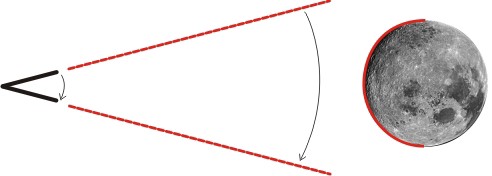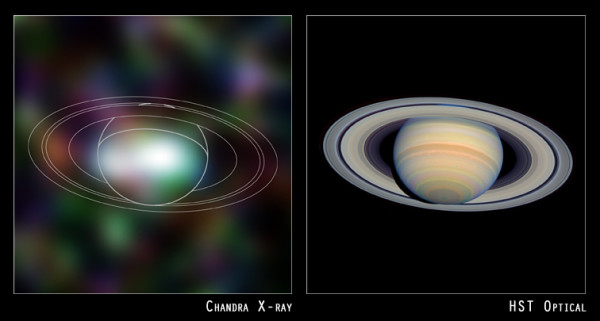Imagine the surface of the Moon, so distant, and an infinitely precise and powerful laser pointer. With a flick of your wrist, you can send the dot that you see flying across the Moon's surface as quickly as you can manage.
Without too much difficulty, in fact, you'll find yourself breaking the speed of light! Not in terms of violating special relativity or anything, but if you follow the motion of the dot, you'll not only find that it appears to move faster than the speed of light in a vacuum, c, but that its behavior is more interesting -- and more counterintuitive -- than you'd ever imagined. This can take place, believe it or not, for any type of reflected light.



This is the coolest thing I've heard all day.
Of course, I work in QA....
I might be very wrong here, and would like for someone to correct me if I am.
If you are standing on the Moon, I don't believe you would see the spot moving faster then the speed of light. I think you would see the spot jumping from place to place.. and the overall distance and time would indeed be faster then what light would travel in vacuum in straight line... but you would not see continuous motion across the surface. Looking from earth yes.. but not if you are an observer on lunar surface. Instead you would see a spot in one place, then nothing, then it would appear in another place further away. . It would be similar to taking a water hose and doing the same thing.. move it slow and you get a solid line.. but move it quickly.. and you get doted line. So I think it's an unnecessary confusion saying that in some way it goes faster than c.
On the other hand.. the phenomenon of photonic boom is wow! Didn't know of this and will have to study more, very fascinating.
@Sinisa
Excellent insight, though the only thing that stops me from fully agreeing with you is my uncertainty about the wave nature of light and how that would affect this. But the garden hose analogy seems otherwise apt.
I would be curious to see more input on this.
I worked for Tektronix in the 1970s when the 7104 oscilloscope came out and is still the fastest analog scope ever made. The beam speed across the face of the scope exceeded the speed of light. The beam was amplified using a plate with many holes in it called a microochannel CRT. It was basically a photon multiplier. At the highest speed of 200 psec/div individual electrons were effectively displayed.
It occurs to me that this "photonic pair creation" could serve as a useful analogy for describing how the effects of special relativity in the Dirac equation imply the existence of antiparticles, as Feynman attempted to illustrate (with mixed success) in his famous Dirac memorial lecture.
Ok so you say that in the dot would appear to move faster than the speed of light. would there be photonic boom on the surface if we had a laser that was strong enough? if we were to put some water in the area where the dot is moving over would we see the blueish radiation that is usually present whith a photonic boom?
u15093337
I find it interesting that such a small source of light, with a flick of a wrist, can appear to move close to the speed of light in a vacuum on the moons surface. What's even more amazing is that this happens with all reflected light.
This absolutely amazing! Basically the coolest thing of heard in a really long time!
One needn't point a laser at the moon to "observe" this phenomenon. Just go to a beach where there are waves coming in nearly, but not quite, parallel to the shore. You will see each wave's "arrival" race along the shore. The smaller the angle, the faster the arrival point zooms along the shore.
You can even observe the phenomenon at your desk. Pick up a pair of long bladed scissors. Open it up. Close it. Notice how quickly the intersection point of the blades zooms along the blades as you close them.
What is going on in all these cases is that what is moving faster than the speed of the wave is an abstract concept, intersection, rather than a physical object. Intersection and other abstract concepts like alignment CAN move faster than light.
If I remember from my signal processing courses 40 years ago, there were radars that sent out long pulses at low power that swept up from one frequency to another. At the receiving side, a tapped delay line or convolution filter coalesced the weak long echo into a powerful sharp echo. We might call that a receive-side synthetic electromagnetic boom.